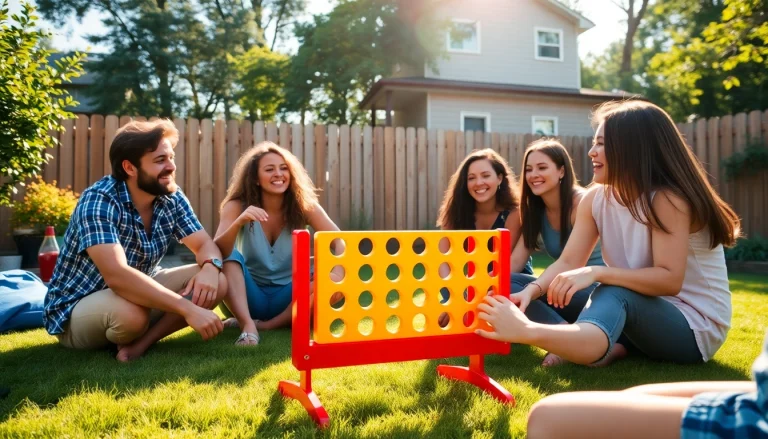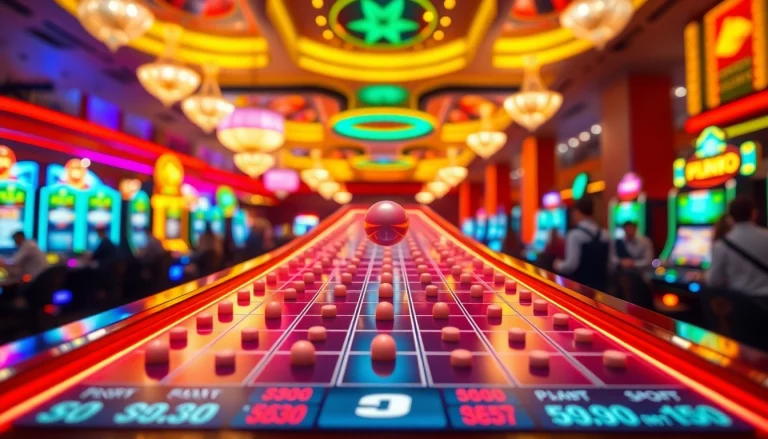Why Choose a Drone for Photography?
With the rapid advancement of technology, drones have become a mainstay in the realm of photography, striking a chord among both professionals and enthusiasts. For those considering venturing into this exciting world, understanding the unique advantages that drones offer for photography is paramount. Whether you’re a budding artist or a nature lover wanting to capture sweeping landscapes, the right drone can elevate your photographic experience dramatically. One of the essential inquiries is what the best drone for beginners photography might entail.
The Benefits of Aerial Photography
Aerial photography provides a fascinating perspective that traditional photography cannot match. By capturing images from above, photographers can showcase large landscapes, intricate patterns, and the scale of human structures in a stunning and unique way. From scenic vistas to urban jungles, aerial shots can create captivating visuals that draw audiences in. Moreover, the ability to access hard-to-reach locations can result in images that tell compelling stories, capturing moments that are otherwise hidden from view.
Understanding Drone Capabilities
Modern drones come packed with features designed to enhance the photography experience. High-resolution cameras, gimbals for stabilization, and various flight modes allow for creativity and flexibility that conventional cameras simply cannot offer. Additionally, many drones now come equipped with intelligent flight features like waypoint mapping, follow-me modes, and automated shooting options, which can help beginners focus on capturing the shot instead of managing the drone’s flight manually.
Common Beginner Mistakes in Drone Photography
Despite the advantages drones offer, beginners often encounter several pitfalls. A frequent error is neglecting pre-flight checks, which can result in crashes or equipment failure. Lighting conditions and camera settings also play a crucial role; many newcomers shoot without adjusting for the time of day or the camera’s exposure settings, leading to subpar results. Understanding the basics of drone laws and airspace restrictions is equally important, as flying in prohibited zones can result in hefty fines or loss of drone equipment.
Key Features to Look for in Drones
When selecting a drone, especially for photography, certain features can significantly enhance your experience and the quality of your images. Here are some key aspects to consider during your search.
Camera Quality and Specifications
The camera is arguably the most important feature in a drone for photography. Look for drones equipped with at least 12 MP cameras, though more advanced options may offer 4K video recording and higher megapixel counts. Pay attention to sensor size as well; larger sensors capture more light, thus improving image quality in various lighting conditions. Gimbals help stabilize camera movement, which is essential for maintaining clear, non-blurry images.
Flight Time and Battery Life Considerations
Flight time is a critical consideration, particularly for those aiming to capture expansive shots. Most consumer drones offer flight times ranging from 20 to 30 minutes on a full charge. Make sure to also account for battery charging times and consider investing in additional batteries to maximize your shooting opportunities. Beginners should also be aware of how weight impacts flight time; heavier drones may suffer from shorter flight durations.
Easy-to-Use Controls for Beginners
For those new to drone flying, user-friendly controls can make a huge difference. Look for drones that offer features such as one-touch takeoff and landing, built-in tutorials, and intuitive mobile apps. Many contemporary drones also come with a variety of automated flight modes that simplify capturing complex shots, making the process less daunting for beginners.
Top 5 Best Drones for Beginners Photography in 2023
In a constantly evolving market, a few consumer drones consistently stand out for their blend of affordability and performance. Here we explore five excellent choices for beginners interested in photography.
Comparison of Entry-Level Drone Models
| Drone Model | Camera Quality | Flight Time | Ease of Use | Price |
|---|---|---|---|---|
| DJI Mini 2 | 12 MP, 4K Video | 31 Minutes | Excellent | $449 |
| Holy Stone HS720 | 12 MP, 4K Video | 26 Minutes | Good | $299 |
| Autel Robotics EVO Lite | 50 MP, 6K Video | 40 Minutes | Good | $849 |
| DJI Spark | 12 MP, 1080p Video | 16 Minutes | Excellent | $399 |
| Snaptain SP350 | 720p | 10 Minutes | Very Good | $129 |
Specifications and Performance Ratings
When evaluating these models, it is important to consider their performance in various aspects such as flight stability, camera quality, and ease of use. For example, the DJI Mini 2 shines with 4K video capabilities and impressive battery life, making it a top contender for any beginner looking to dive into aerial photography. The Holy Stone HS720 offers excellent value with decent specifications, while the Autel Robotics EVO Lite is the best choice for those wanting professional-level quality while still being beginner-friendly.
User Reviews and Experiences
Real-world experiences can provide insight into a drone’s practicality for photography. Users frequently rave about the DJI Mini 2’s compact design and stellar image quality, praising it for being both powerful and user-friendly. The Holy Stone HS720 sees endorsements for its stability and affordability, appealing to those on a budget. User reviews indicate that while the DJI Spark is more limited in flight time, its intuitive controls and high-quality images make it ideal for those just starting.
Essential Drone Photography Tips for Beginners
Now that you have your drone, it’s crucial to learn how to maximize its potential for stunning aerial photography. Here are some essential tips specifically tailored for novice drone photographers.
Getting Started with Your Drone
Before you take to the skies, familiarize yourself with your drone’s user manual. Conduct practice flights in open areas away from people and obstructions. Focus on understanding how the controls work, the importance of GPS and compass calibration, and the various flight modes available. Also, take time to learn how to check battery levels and how to perform maintenance checks before your flights to ensure everything operates smoothly.
Best Practices for Capturing Amazing Shots
When capturing aerial photos, composition remains key. Utilize the rule of thirds to create balance in your images. Pay attention to lighting; early morning or late afternoon often provide the best natural light. Experimenting with different angles can result in truly unique images. Also, use camera features like hyper-lapse or panoramic shots to add variety to your aerial photography. Lastly, don’t be afraid to fly higher to capture sweeping landscapes or unique perspectives that ground-level photography cannot achieve.
Post-Processing Your Aerial Photos
Editing is an integral part of photography that can transform your images into true works of art. Understanding software like Adobe Lightroom or Photoshop can dramatically enhance your photos. Simple edits such as adjusting contrast, brightness, and color saturation can significantly improve the quality of your images. Crop whenever necessary to create a more visually appealing composition. Learn how to use layering techniques for complex edits and explore HDR imaging for dynamic range in your photos.
Maintaining Your Drone for Longevity
Taking care of your drone is vital to ensure it lasts and continues to deliver high-quality images. Maintenance not only helps preserve your investment but also optimizes performance.
Regular Maintenance Tips
Regular checks on your drone’s propellers, landing gear, and camera system are essential to ensure safety and performance. Inspect propellers for chips or cracks, as even minor damage can result in control issues. Clean the camera lens after each flight to avoid image quality degradation. Additionally, check motors for dust and residue, as well as battery connections to ensure they remain secure and corrosion-free.
Software Updates and Firmware Upgrades
Keeping your drone’s software and firmware up to date can help enhance functionality and fix known bugs. Manufacturers frequently release updates that can improve flight stability, increase battery life, and add new features. Always refer to the manufacturer’s website for information regarding the latest updates, and make sure your drone is fully charged before installing them to prevent interruptions during the process.
Understanding Legal Regulations and Safety Protocols
Drones are subject to a variety of regulations that can vary by region. Before flying, familiarize yourself with local laws, including restrictions on flying above certain heights, proximity to airports, and required permits. Safety protocols, such as maintaining a line of sight with your drone and being mindful of both wildlife and people, are crucial for responsible flying. By adhering to these guidelines, you can ensure a safe and enjoyable drone photography experience.






